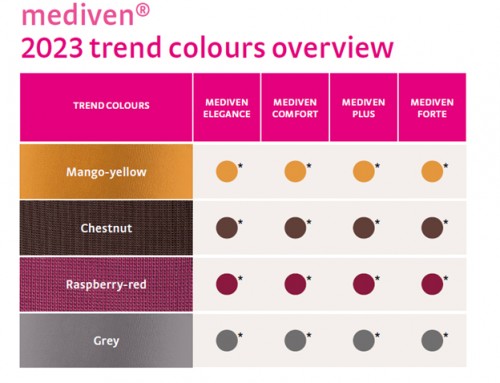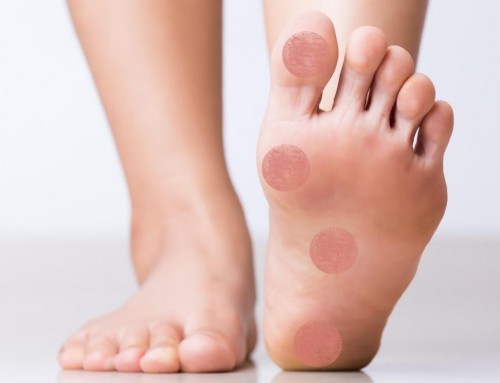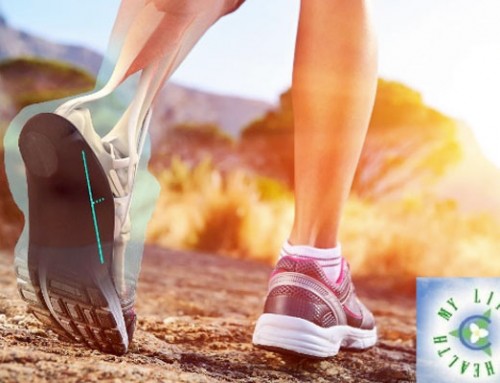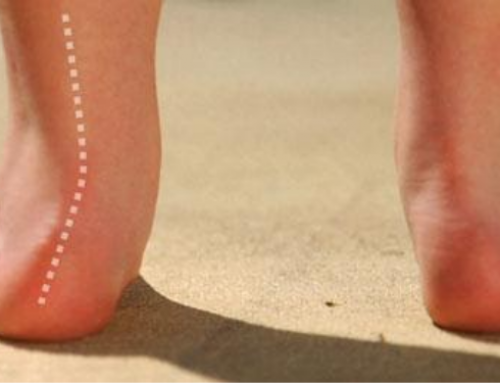Are you wearing a proper shoe size?
Have you ever had your feet “falling asleep” while walking or running? May be some “foot cramping” or “burning”? You have no adequate room to freely wiggle your toes? This is because your shoes are the wrong fit! Poorly fitted shoes can also cause or aggravate bunions, calluses, hammertoes, and other common foot problems. For many people with more serious conditions, like diabetes, proper fit is simply critical.
A shoe size is an alphanumerical indication of the fitting size of a shoe for a person.
When purchasing footwear it is important to recognize that you have a “foot size” and not a “shoe size”. Every footwear manufacturer will use different foot forms to make their shoes. Size “8D”, for example, will vary in fit from brand to brand and even between styles within the same brand.
There are many things to consider when purchasing new footwear. Whenever possible, have your feet measured by shoe expert, who understands the way footwear is supposed to fit. But should you choose to do it yourself, remember – fit and support of the footwear are the two most important features.
Here are some tips for getting a proper shoe fit:
- MIDFOOT BEND TEST – The shoe should not bend in the middle (arch region). It should only bend at the ball of the foot, which matches where the foot would naturally bend. To test for this, hold the shoe in both hands at opposite ends, and try to bring your hands together. If the shoe bends very easily in the middle, as very soft-soled shoes often do, the shoe will not provide good stability to the foot.
- Most of us have one foot larger than the other, so fit the shoe to your larger foot.
- Don’t select the shoe just by the size marked on the shoe. Try them on. Walk around. Make sure the fit is good and you have some room for your toes while standing.
- Trying on shoes later in the day is always best. This will ensure your footwear fits correctly even if your feet have become more swollen throughout the day.
- Select the shoe that is shaped like your foot.
- Don’t buy shoes that feel tight and “may need some stretching”.
- Your heel should feel comfortable in a shoe with minimum amount of sliding when you walk
- The upper part of a shoe should be soft, flexible material to shape your foot. Leather can reduce the possibility of skin irritations.
- The sole of the shoe should provide solid footing and not be slippery. Unless they are skates!
- Thick soles cushion your feet when walking on hard surfaces.
- Have both feet measured every year. Your left and right foot are most likely not the same size and may change in size from year to year. (your feet never stop changing)
- Walk in the shoes to make sure they are PERFECT!















